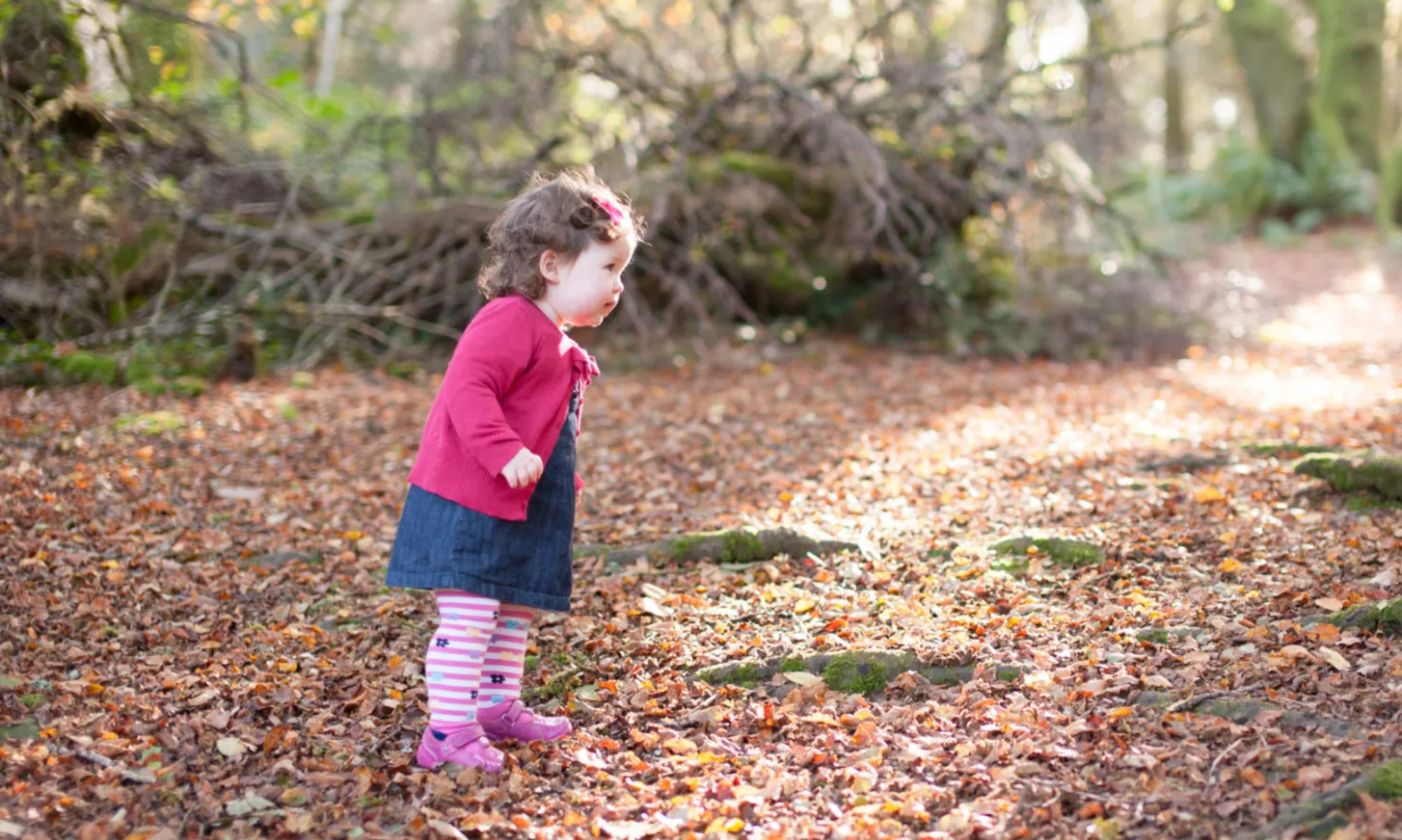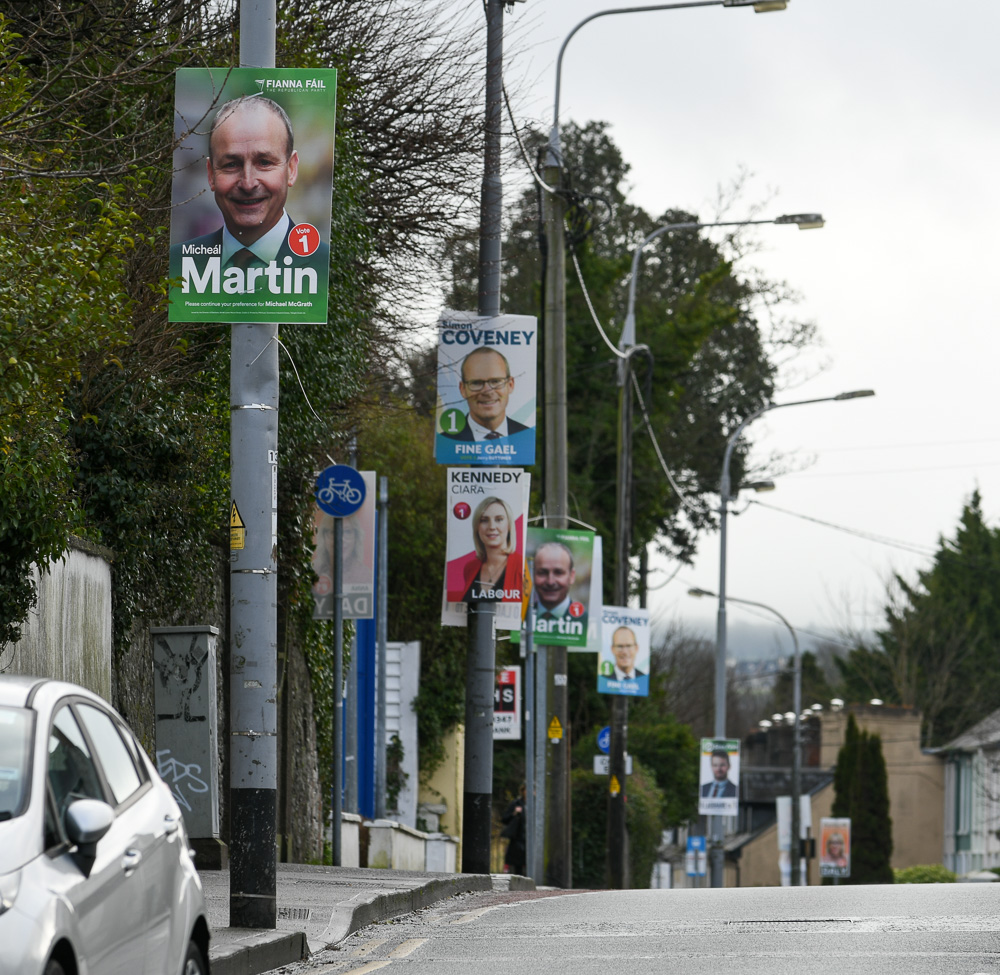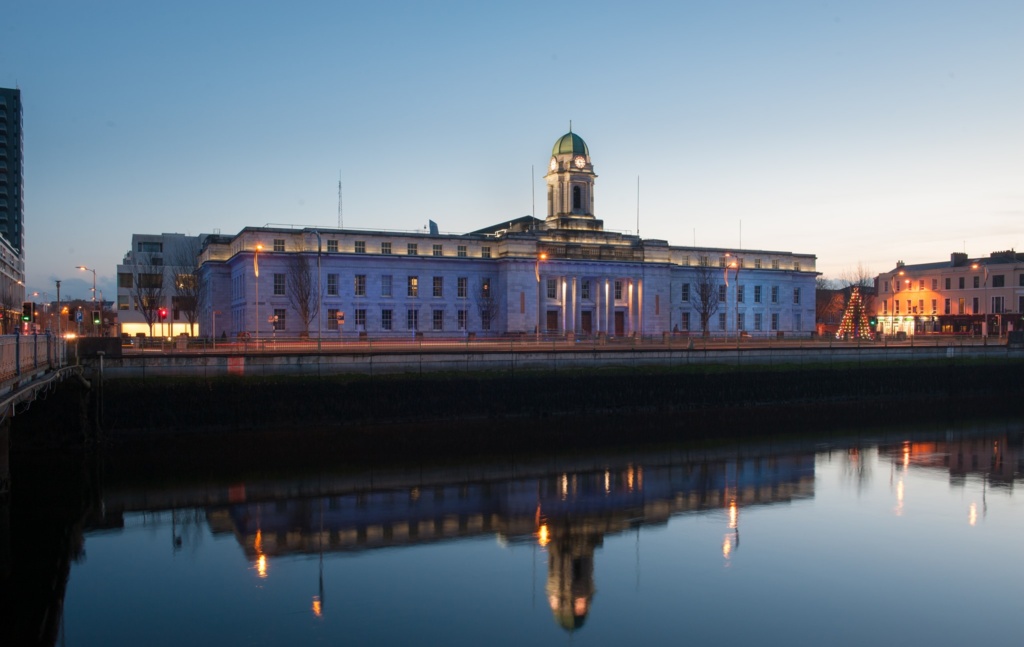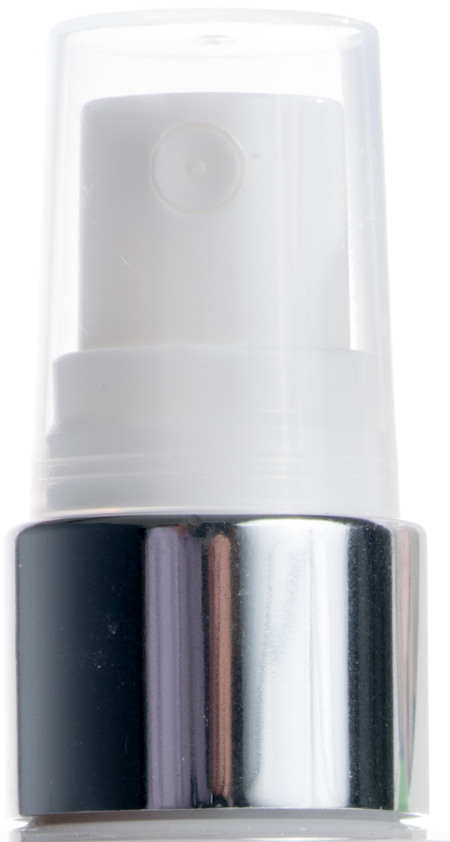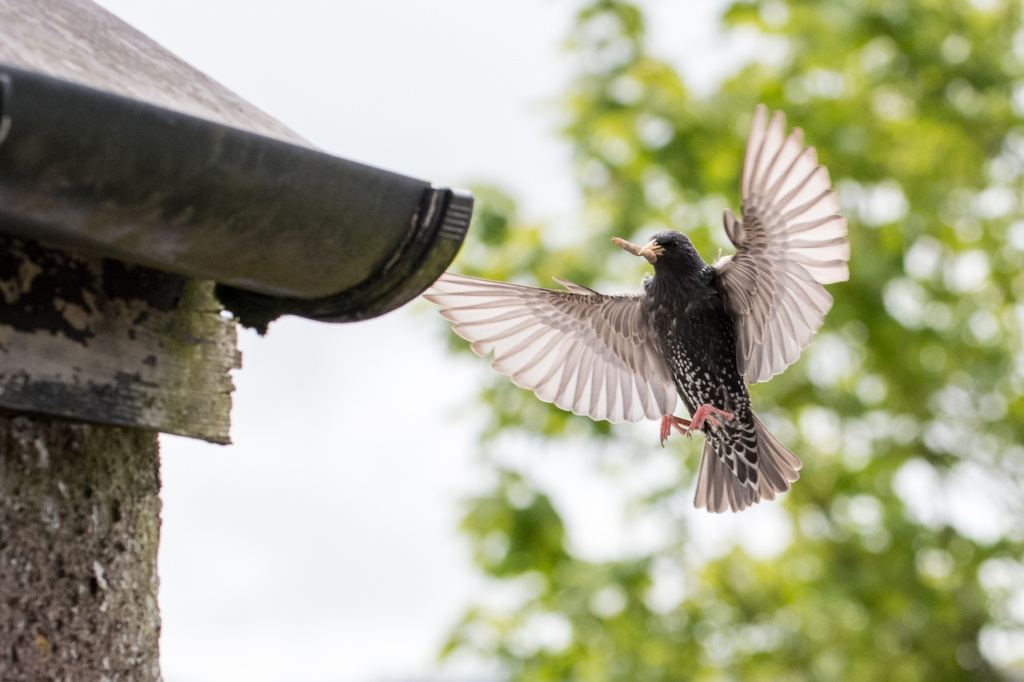Testing a fully Word Press version of my web site
The New Normal is pretty Normal
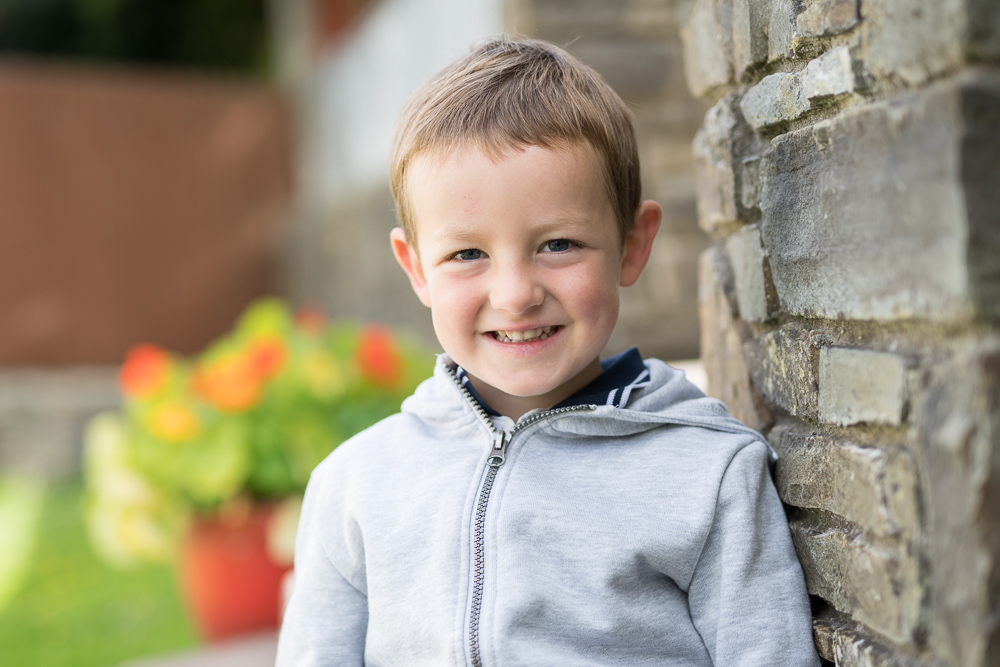
It’s great to be out and about in Cork out doing Family Photo Sessions again.
On the wall of this guy’s house are pics of him and his Mom and Dad I took when he was a baby. Next to those are pics I did when his sister was a baby. And this week I went back to take photos of him and his little brother (and sis and Mom and Dad of course).
I would be a big fan of letting kids outdoors anyway – and back gardens are the perfect spaces. Plenty of surfaces and things to do. The kids are comfortable out there: really at home. And it’s not so big a space that they can run off and we end up too spread out.
In the New Normal of Covid-19 precautions and restrictions, it’s the ideal solution to a responsible safe session.
All good.

Back To [the new] Normal
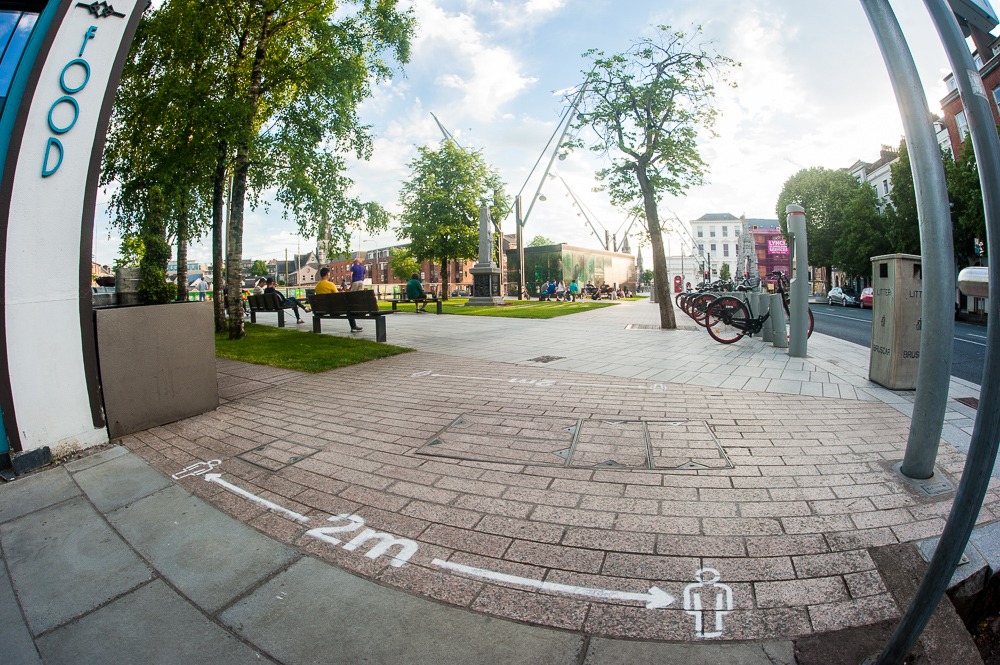
As Clients and Suppliers return work next week, I’m looking forward to getting back to the office and starting to work out what the New Normal is.
I’ve had commercial clients cancel, PR work postponed and there have been no Communions and few Confirmations this year.
I have some print orders to fulfill from work shot before the Lock Down and I can get those out to people now that the Framer is back at work. Socially Distanced, safe collections are possible.
But can I conduct a safe, socially distanced photo shoot?
There’s no reason why Product Photography shouldn’t go ahead. So anyone looking for product for their new (or expanded or renewed) web store can get those done.
In general people look better further away and 2m is probably about right for a good headshot. So anyone looking for a profile image is welcome to get in touch. Assuming that their lock-down haircut is presentable!
And in particular the kind of feature session that shows how your business is adapting to trading in the current environment is a really good idea.
A formal family photo shoot is probably going to go OK but I specialise in the informal, intimate portrait and that’s going to be difficult. Especially with younger kids who tend to almost adopt me by the end of the shoot.
I think the biggest hit for most photographer right now is the loss of the Wedding Business. But if you’re planning something more intimate within the new restrictions, feel free to talk to me about how I can be part of that. We can tailor coverage and delivery appropriately to suit your plans
Lock Down
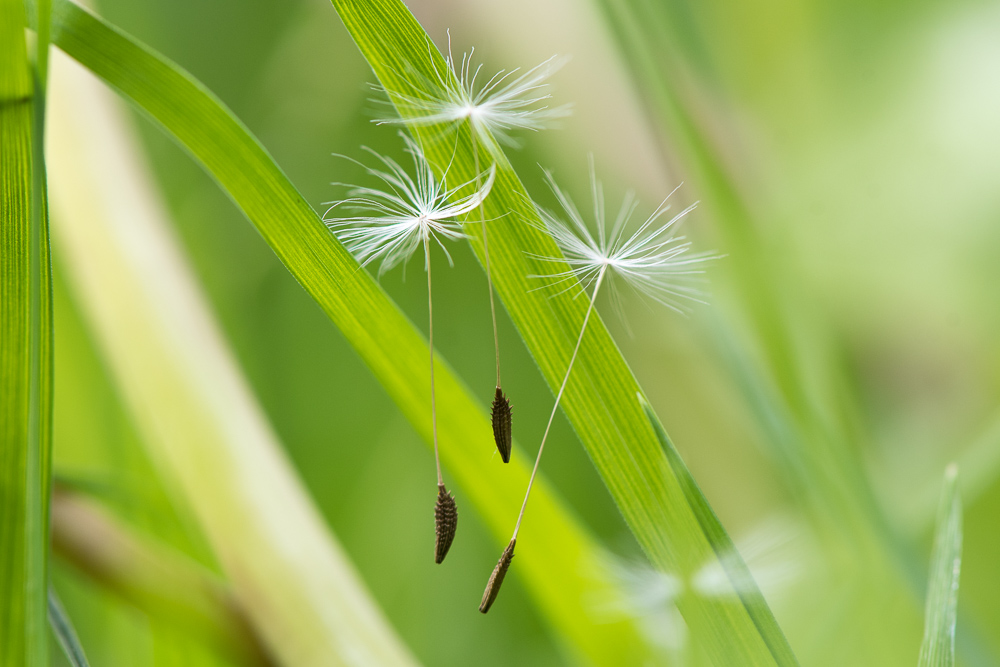
I hope everyone is keeping safe and well at this challenging time.
The lock down has been hard for everyone in our own way. Thankfully we’re all OK and in many ways I’m enjoying this unique time with my family.
I decided to turn the 2km restriction into a photo challenge: interesting photos (almost) every day taken from within my 2km radius.
The results are on my Facebook Page.
Many ended up coming from my own back garden. It’s probably the most productive time in our garden just because of the range of plants we have that flower in Spring: starting with the jolly primroses, wild garlic and the apple blossom.
Love the dandelions too. A weed is just a flower in the wrong place.
Headshot Heaven
It’s that time again when we are graced with an infection of politician’s headshots all over our streets. Increasingly the general public see this as an invasion. Litter. They make a mess of our streets, obstruct our view of traffic and then have to be disposed of after just three weeks.
But they endure for one very good reason: people engage with images of other people. We look, we familiarise and the candidates hope that we start to like them.
It’s a powerful process (and one that’s pretty unique to Irish Political Campaigning).
So are you harnessing this power for your business? You are the most unique part of your business. Your business will thrive or fail based on your ability to give your customer what they want and they need to be able to trust you on that.
You need a good profile image. Whether it’s on your website, your LinkedIn or Facebook or whatever, people engage with a face on a screen and they will make decisions about you and your business based on that.
I can help you with that.
Updated Photography Course
My Beginners Photography Course is running again as part of the Ashton Adult Education Programme.
This term we’ve extended each class to a full 2 hours to allow more hands-on practical work. There will be more time on practice and I’m also offering the chance to do a practical workshop outside the course.
Otherwise the course structure is the same – spread over 8 weeks and it covers a wide range of image-making with whatever camera you’re have available to use.
More info and sign up at https://ashton.ie/adult-education/
Upgrade Ingredient List
So here’s what it took to upgrade my working camera system (in chronological order):
- Computer: A new camera will produce larger files. To move all that extra data around effectively I needed more processing power and more memory. Otherwise there’s going to be a lot of waiting around. Now this was actually forced on me with my old one dying but in fact doing this first makes a lot of sense so you’re ready for the files when the new camera comes.
- Lightroom Upgrade. I was getting by with an older version with one-off purchase. I need an upgrade for a newer camera RAW files.
- New Main Body – obviously. I chose a Nikon D850. Second hand from a large dealer in the UK. Reasonably low shutter actuations and 12 month warranty.
- XQD and SD cards. New camera takes different cards. And bigger, faster cards to manage those larger files.
- XQD card reader. I prefer to download cards from a reader rather than connecting the camera to the PC every time.
- Spare cards. So having got one to start off with, I shopped around for spare cards. With the costs of the XQD cards I’m only carrying limited spares. With the D700 I had a bank of CFs available.
- Screen protector for the LCD. I use the thin ground glass, stick-on ones.
- Spare Battery. I bought a third party spare which came with a USB charger which allows me to charge at home and at work as a bonus.
- L-Bracket for the tripod. The ability to mount the camera vertically on the Tripod is really useful. L-Brackets are fitted to each body so you need a new one for a new body.
- Upgrade my 50mm. So this was always my weakest lens (although not a bad one) and the higher resolution and faster focusing of the new camera has shown it up to the point where I can justify the upgrade. The others look good for now but the 50 needed to be changed. Again, take advantage of a good second hand market across the EU. Lots of people buy these lenses and end up not using them much (unless they take portraits professionally).
- Battery / Vertical Grip. I used the vertical grip the whole time on the D700 but I am enjoying the reduction in weight not using it on the D850. I rarely needed the extra battery. So I wasn’t going to bother. But for jobs when I’m shooting a lot of head shots the vertical grip is useful. Then I got a deal on a third party grip in the US so I got it just for those jobs where it helps, rather than to be permanently attached.
- File Backup / Archive. Those larger files are now eating disc space as well. I Archive all the original RAW files as well as maintaining an archive of the finished client files. I made some changes to the way that works to make it more cost effective per GB and bought more disc space.
- Backup / Second body upgrade. Initially I just used the D700 but it’s very different to the D850 (and uses different cards and batteries). As I get more used to the new camera, the D700 is a less effectively back-up / second camera. Ideally you’d buy an identical body as backup but that’s a lot of cash. In the end I bought a D500 second hand. Same cards, same charger, very similar functional layout, same focusing system. Crop sensor!
- More cards. My two bodies now use the same cards and batteries so I need another spare.
- Another screen protector for the D500.
I think that’s it. For now!
Do I need a couple of DX lenses (including a standard zoom) for the D500? Maybe but I’m not yet convinced. I have an old 17-70 DX which will do and the 17-35f2.8 sits quite well on it too – for the uses I have for it.
Otherwise my existing lenses cover me and are all good. Most have a replacement which is ‘better’ but also is going to cost me considerably to upgrade – even if I sell the old one – and realistically the benefits are pretty marginal. The most obvious is my 85f1.4D which is a little battered and not optimised for modern high res digital but it’s not a main lens (I use the 105f2.8 a lot).
Update Complete
After nearly 12 months, my equipment update cycle is pretty much complete.
My old D700 bodies were still going strong but they were reaching end of life and I decided to go for a controlled upgrade in advance, rather than facing failure in the field (even though I have backups for everything) and having to do everything at once in a hurry.
I also decided to go largely second-hand. With Nikon on a major upgrade cycle itself right now, there is an opportunity to get well looked after second hand gear – from reliable sources – from the previous generation of cameras. That’s plenty for me and the savings are significant. The risks are minimal if you’re careful about who you buy from. Worst case it goes back to the seller or needs to go to repair (so some contingency is set aside for that ).
The best second hand buys need patience: waiting for the right one to come up at the right price. So having time to shop around is also good.
Finally I decided to upgrade and not switch. There’s a lot of talk amongst photographers about switching camera brands – especially to Sony mirrorless.
There’s a lot of good tech there but nothing really I need that I can’t get from the current (and previous) iterations of Nikon DSLRs.
The biggest reason not to switch is the cost of replacing the supporting equipment: I have a lot invested in lenses, flashes etc. The new ones and ones from different manufacturers may be marginally better in specific circumstances but again, is it really worth spending a considerable amount of money to change everything?
Remember this is a business that fundamentally needs to feed my kids. A lot of camera gear is bought on a ‘want’ basis. Much is bought on a ‘might be useful’ or ‘if X happens then I’ll need this’. These days I look at everything from a Return on Investment basis. If I spend €1000 on an upgrade which makes no tangible difference to my client or my workflow, then that’s money I can’t spend on my family.
In the next post I’ll go through the full itemised list of what the upgrade took.
See Me
More product photos in the office today. They can be tricky: balancing out white / shiny / transparent materials on a 255-white background.
As usual, the trick is to get as much done in-camera and not rely too much on post production for whiting out the background, controlling / eliminating shadows etc.
But sometimes there just isn’t anywhere to hide – especially when you’re photographing curved shiny things.
In the surface of this bottle top, you have: my main light, the pack which is alongside it and all of the office around the other side. Now I screened off most of the office junk with some black card but in post I noticed this weird reflection.
On closer inspection: it’s ME!!! – my shirt and my hand on the shutter release.
Now I could go back and reshoot with the cable release or the self timer but I think in this case photoshop will do.
Although part of me wants to be immortalised with the product.
Tech or Technique
The last couple of years we’ve had these guys nesting in the roof (no idea what they are!). For the last three weeks the parents have been diligently supplying food to their brood, at times coming every 2-3 minutes to the nest at high speed, banking late and popping into the hole between the gutter and the roof.
It’s amazing to watch. And it happens so fast it’s very hard to photograph.
But could my fancy new camera with it’s super new auto-focus 3D tracking system handle it. Would I be able to work it sufficiently well to make it work. Well worth a try.
Indeed, sometimes they come down the length of the garden, so you get a good look at them coming. It should be possible to pick one up and track it into the nest and fire the shutter when it starts to bank. How hard can that be?
Impossible. When you actually watch them, they don’t come straight in very often. And the vantage point from the bedroom window doesn’t give you direct line of sight down that flight path anyway.
So forget the tech, experience and technique are going to make this happen. Time to start turning off:
Trap Focus.
The AF isn’t going to pick them up early enough to track them. Or at least, I’m not able to get it to and then zoom and hold the frame. But their destination is fixed so I know where they will be when they finally open their wings to bank just before entering the nest – within a certain degree.
So I can manually set up a zone of focus just beyond the nest, reaching back as far as I can and take the shot as the bird enters that zone. That’s called trap focus.
So higher F-stop the more depth to the zone. But it turns out the birds are moving really fast and I need at least 1/1000th of a second of shutter speed to stop the wing movement. So compromise is needed – and a boost to the ISO to make that happen even though it’s broad daylight.
Manual Exposure
I’ve set pretty tight constraints on the exposure now – I need as much depth of field as possible and I need a high shutter speed. And I have a dark bird against an open sky.
So I’m not going to take any chances of the camera not noticing the bird and making the wrong choices. Fix everything with manual exposure and ISO. Keep an eye on the lighting in case it changes (sun coming out or denser cloud) but otherwise manual will do
Tripod
There’s a lot of waiting around here. They are busy but sometimes they do disappear for 5 minutes foraging then come back unexpectedly. This is the 70-200mm lens and it’s getting heavy. But again, they are coming back to a fixed position – albeit from different directions. So stick everything on the tripod and use the cable release to just sit any wait for a bird to come into the frame.
Crop
Having fixed the frame, I need some latitude of error so I can catch a bird no matter where it appears from (they don’t just come up the garden but from both sides and behind sometimes). So widen the frame a bit to give me some margin of error.
Now this is where my new tech finally buys me something: all that resolution means I can crop heavily and still get a decent image.
In fact, I realise that if I set the camera to DX Crop Mode, I still have a handy 20MP but I can now zoom back a little and use shorter focal length (105 instead of 200mm)- and buy myself some more depth of field.
That seems to work well – now it’s the same thing as just pulling back and cropping the larger image but it also saves me some image size.
Timing
Just like good comedy, wildlife photography is about timing.
So now I have everything tied down: when a bird enters the frame in the zone of focus it will get focused, frozen in time and correctly exposed. I just need the bird in the frame doing something interesting.
That takes patience and time and patience and a bit of practice to get the timing of the exposure right.
Just sit and click…
